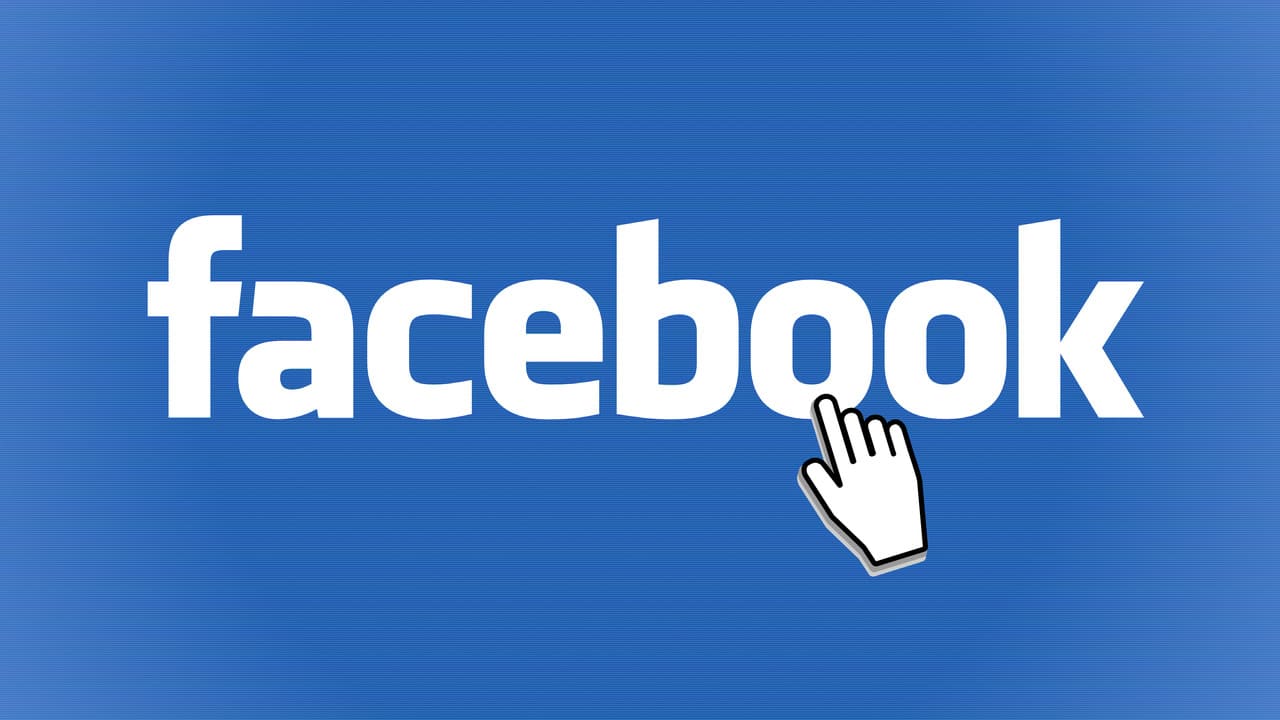With TikTok bans looming in certain crucial markets, there are always bound to be other companies taking its place. After all, the market abhors a vacuum, especially on the Internet. Enter: the new Facebook video feed feature that’s looking to take that same format of short-form, user-generated content. All the hallmark signs of TikTok’s original idea are present in Facebook’s latest upgrade. With a TikTok ban in India (and a pending ban in the US), it may be worth diving into how companies like Facebook are looking to push their own versions and what it means in the current social media climate.
The bans have been a result of tensions between the various countries involved. Both India and the US are looking at extensive embargoes on multiple apps over their concerns about China’s information harvesting. While TikTok’s owners have declared no wrong-doing, the ban still stands and may do so for the foreseeable future. Thus, multiple companies are now diving in to make the most of the situation with their own short-form video apps and features.
Currently, Facebook is field-testing its new features in India, where TikTok has been offline since the 29th of June. In doing so, the Facebook video feed is attempting to take up the mantle of short-form ephemeral content. TikTok has been a burgeoning force in social media, often being cited as a potential goldmine for online promotion and content marketing (an aspect we examined previously). However, will giving users the same options that TikTok gives attract their consumer-base to Facebook? They’ve tried similar things before with mixed results.
Facebook Video Feed & Past Attempts at Short-Form Content

Facebook has attempted to unseat TikTok from its particularly throne before (as have other social media corporations). The company’s first short-lived attempt was Lasso, which they shut down in July due to low engagement. The new Facebook video app features look to be a second stab at this same market. Although, this time the market conditions have changed, with the ban in India and a looming US ban, they may just have themselves an opportunity.
In a statement to TechCrunch a Facebook representative said:
“We’re always testing new creative tools so we can learn about how people want to express themselves. Short-form videos are extremely popular and we are looking at new ways to provide this experience for people to connect, create and share on Facebook.”
This version of the Facebook main app is currently only running in India, which used to be TikTok’s 2nd largest market. It also isn’t the only attempt Facebook has made towards this end, as their subsidiary app Instagram is also running its ‘Reels’ functionality in the same region. Facebook and Instagram’s new video features embody pretty much the same concept as TikTok’s type of video content, eschewing long form videos for bite-sized content. They both put out 15 second snippets with the ability to add songs and AR effects through the editing tool.
Even aside from Facebook, we’re seeing other entrants with similar features and video effects. Youtube is adding new options with similar functions and Twitter put out a whole new app. The former has added similar features to those Facebook has been trying out, while the latter launched the ShareChat app to replicate TikTok’s social functions.
TikTok’s User-base vs. Facebook’s

The main reason this short-form video market is so lucrative to so many social media companies is that it was an enthusiastic user-base of young people. Just aping TikTok’s style of content may not fully ensure that anyone can attract their target audience. Website’s are often about the international community and TikTok was the first to establish one with this format. However, crowding the market may just divide the audience less lucratively, ala the tragedy of the commons.
TikTok’s user-base is largely young people (Gen-Z), which many companies are looking to attract. Facebook, like other social media companies, still has a major foothold in this demographic when considering number of accounts. However, the main issue that of boosting engagement, rather than attracting new people. Fewer among the Gen-Z population are using Facebook with the frequency of their older counterparts, leading to lesser advertising viability for that demographic. TikTok-style content is thus a good way of getting them to use the app more frequently.
Another factor is TikTok’s potential re-entry into the market. TikTok’s owner, ByteDance, is already engaging with Indian conglomerate Reliance Industries to do this. They plan to sell their stake in the local version of the business to assuage the situation. The company is also counter-suing the US government for attempting to block them. Still, social media is a game of constant engagement, and remaining blocked for too long may damage TikTok’s community. Basically, being banned for too long may damage the user’s enthusiasm to re-invest their time in the platform.
As of right now, TikTok is still a major player in many other markets. It remains a popular app, despite losing two major markets, so there is still life in the platform. Whether other companies can usurp them in these particular regions is another question.


